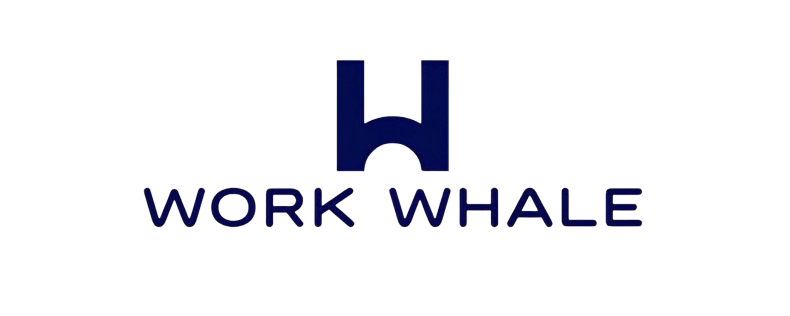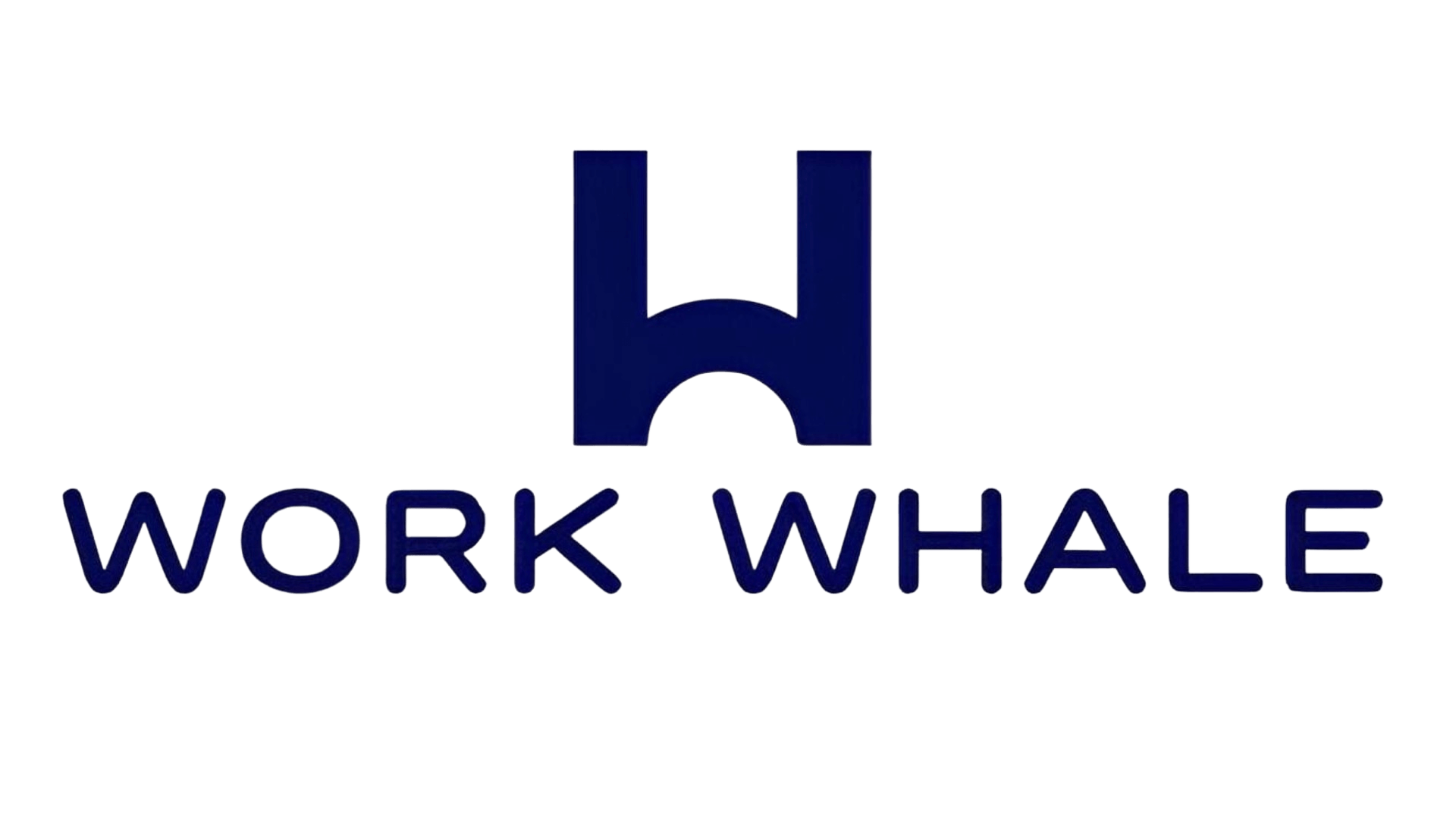The cost of compliance encompasses various expenses associated with meeting legal, ethical, and industry-specific standards. This comprehensive guide is designed to illuminate the complexities of compliance costs, offering businesses a roadmap for understanding, managing, and optimizing their efforts in this critical domain.
Defining the Cost of Compliance:
The cost of compliance refers to the financial resources allocated by businesses to adhere to regulations, laws, and standards governing their industry. These expenses cover a broad spectrum, ranging from legal fees and documentation to implementing technology solutions and employee training.
Understanding Regulatory Requirements:
Identify Applicable Regulations:
Begin by identifying the specific regulations and standards applicable to your industry. This may include local, national, and international regulations, as well as industry-specific compliance frameworks.
Comprehensive Risk Assessment:
Conduct a comprehensive risk assessment to understand the potential impact of non-compliance. Evaluate the financial, reputational, and operational risks associated with regulatory violations.
Breaking Down Compliance Costs:
Legal and Consulting Fees:
Engaging legal counsel and compliance experts is often a necessity. Budget for legal and consulting fees to ensure comprehensive advice and guidance in navigating complex regulatory frameworks.
Technology and Software:
Invest in technology solutions and software that facilitate compliance management. This may include risk assessment tools, document management systems, and compliance tracking software.
Employee Training and Education:
Employees play a crucial role in compliance. Allocate resources for training programs and educational initiatives to ensure that your workforce is well-informed and capable of adhering to regulatory requirements.
Audit and Monitoring Systems:
Implement robust audit and monitoring systems to regularly assess and ensure compliance. This may involve internal audits, third-party assessments, and the use of monitoring tools to track adherence.
Data Security Measures:
As data protection regulations become more stringent, invest in data security measures to safeguard sensitive information. This includes encryption tools, secure storage solutions, and cybersecurity protocols.
Strategies for Cost Optimization:
Risk-Based Approach:
Prioritize compliance efforts based on risk. Focus on areas with the highest impact on your business and allocate resources accordingly. This risk-based approach allows for a more efficient use of resources.
Automation and Technology Integration:
Leverage automation and technology to streamline compliance processes. Automation reduces manual efforts, minimizes errors, and enhances the overall efficiency of compliance-related tasks.
Regular Training and Communication:
Foster a culture of compliance within your organization through regular training and communication. Ensure that employees are aware of their responsibilities and understand the importance of compliance.
Collaboration with Industry Peers:
Engage with industry associations and peers to share insights and best practices. Collaboration allows businesses to learn from each other’s experiences and optimize compliance efforts collectively.
Continuous Monitoring and Adaptation:
Implement continuous monitoring mechanisms to stay updated on regulatory changes. Regularly review and adapt compliance processes to align with evolving regulations and industry standards.
Measuring the Return on Investment (ROI):
Evaluate Operational Efficiency:
Assess how compliance measures contribute to operational efficiency. Streamlined processes and improved risk management can positively impact the overall performance of the business.
Reputation Management:
Consider the impact of compliance on your brand reputation. A commitment to ethical business practices and regulatory compliance can enhance customer trust and loyalty.
Legal and Financial Risk Mitigation:
Calculate the potential costs saved by avoiding legal penalties, fines, and financial losses resulting from non-compliance. A proactive compliance strategy serves as an insurance against costly legal repercussions.
Conclusion:
Navigating the cost of compliance is a multifaceted journey that requires strategic planning, ongoing commitment, and a proactive approach. By understanding the specific regulatory landscape, breaking down compliance costs, optimizing strategies, and measuring the return on investment, businesses can not only meet regulatory requirements but also enhance their overall resilience and sustainability in a dynamic business environment. This comprehensive guide serves as a valuable resource for businesses seeking to navigate the complexities of compliance with precision and efficiency.






